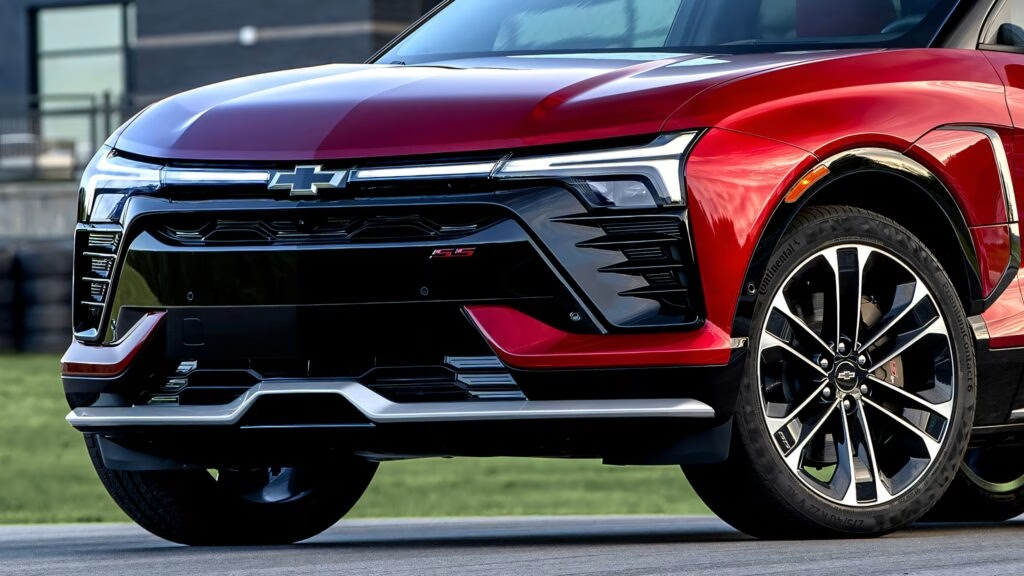Why Did GM’s EV Sales Surge in August—and What’s Fueling the Rush?
If you’ve noticed more electric Chevys and Cadillacs zipping around lately, you’re not imagining things. GM just smashed its own record, selling over 21,000 electric vehicles in August alone. What’s behind this sudden spike? It’s all about timing. The federal clean vehicle tax credit—worth up to $7,500 for eligible buyers—is set to expire on September 30. That looming deadline sent buyers scrambling to dealerships, eager to snag a deal before the window closes.
Dealers have been busier than ever, with affordable models like the Chevrolet Equinox EV and the luxury Cadillac Lyriq flying off lots. Even the new GMC Sierra EV is drawing attention. According to GM, this isn’t just a blip; they expect the sales frenzy to continue right up until the tax credit’s last day.
How Will the End of the Tax Credit Impact GM and the Broader EV Market?
Here’s where things get tricky. GM North America President Duncan Aldred didn’t mince words: once the tax credit disappears, EV sales are expected to nosedive. In his own words, “there’s no doubt we’ll see lower EV sales next quarter after tax credits end September 30, and it may take several months for the market to normalize.” Translation? Expect a sharp slowdown, at least in the short term.
This isn’t just speculation. Past data backs it up. When similar incentives have ended in other countries—think Norway or the Netherlands—EV sales dropped by as much as 70% in the following months, according to the International Energy Agency. GM is already preparing to dial back production, anticipating a smaller market and less demand.
Why Are Some EV Makers Scaling Back While GM Stays Confident?
You might be wondering: if the market’s about to shrink, why is GM still optimistic? The answer lies in their lineup and strategy. Before the Inflation Reduction Act, the strongest EV demand came from two ends of the spectrum: luxury and affordable vehicles. GM has both bases covered, with Cadillac handling the high-end and the Equinox EV and reborn Chevrolet Bolt anchoring the budget-friendly side.
Meanwhile, some smaller competitors are pulling back, slashing their EV plans or offering deep discounts to move inventory. GM sees this as an opportunity. With fewer rivals and less overproduction, they believe they can actually grow their share of the EV pie—even if the pie itself gets smaller for a while.
What Sets GM Apart From EV-Only Brands?
One big advantage for GM is flexibility. While some companies bet everything on electric, GM still has a robust lineup of gasoline-powered vehicles. This gives them breathing room. If EV demand softens, they can lean on their traditional models to keep profits steady. That’s something pure EV brands can’t do as easily.
GM’s leadership also points out that their diverse lineup helps them weather market swings. They’re not forced into fire-sale discounts or risky bets. Instead, they can adjust production, focus on the models that are selling, and wait for the market to stabilize.
What Should Buyers and Industry Watchers Expect Next?
The next few months will be telling. As the tax credit vanishes, expect a cooling-off period for EV sales. Dealers may offer new incentives to keep buyers interested, but the days of record-breaking numbers are likely over—at least for now.
Still, the long-term trend toward electrification isn’t going away. GM’s bet is that, after a brief dip, demand will rebound as new models arrive and battery technology improves. The company is also banking on the return of the Chevrolet Bolt and continued strength from the Cadillac Lyriq to keep momentum alive.
The big takeaway? Navigating the EV market isn’t about perfection—it’s about smarter adjustments. Start with one change this week, and you’ll likely spot the difference by month’s end. Whether you’re a buyer or just watching the industry, the smartest move is to stay flexible and keep an eye on the shifting landscape.

